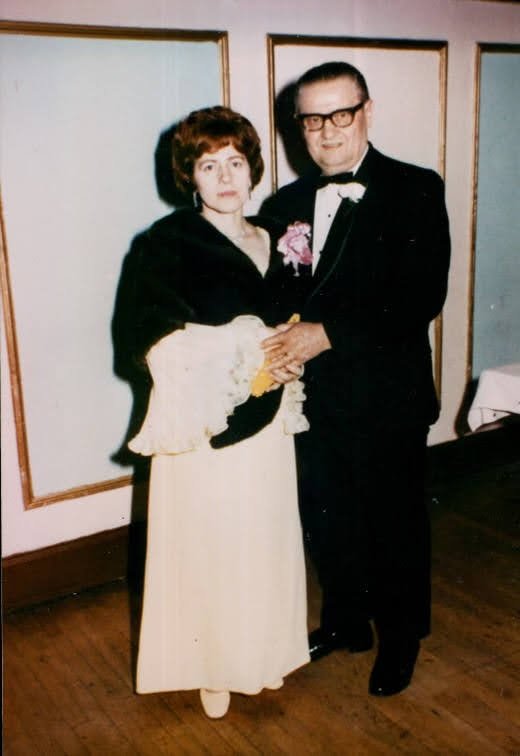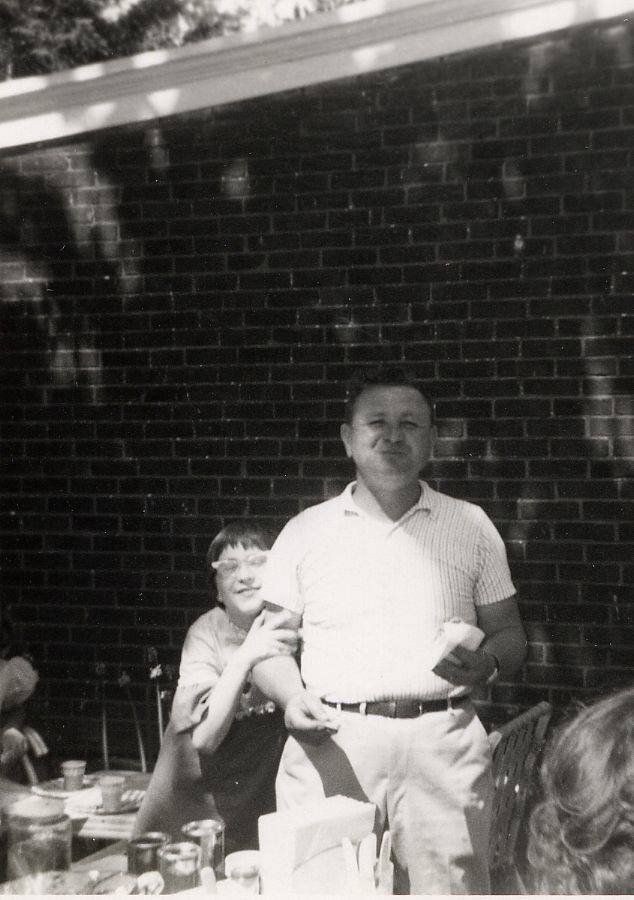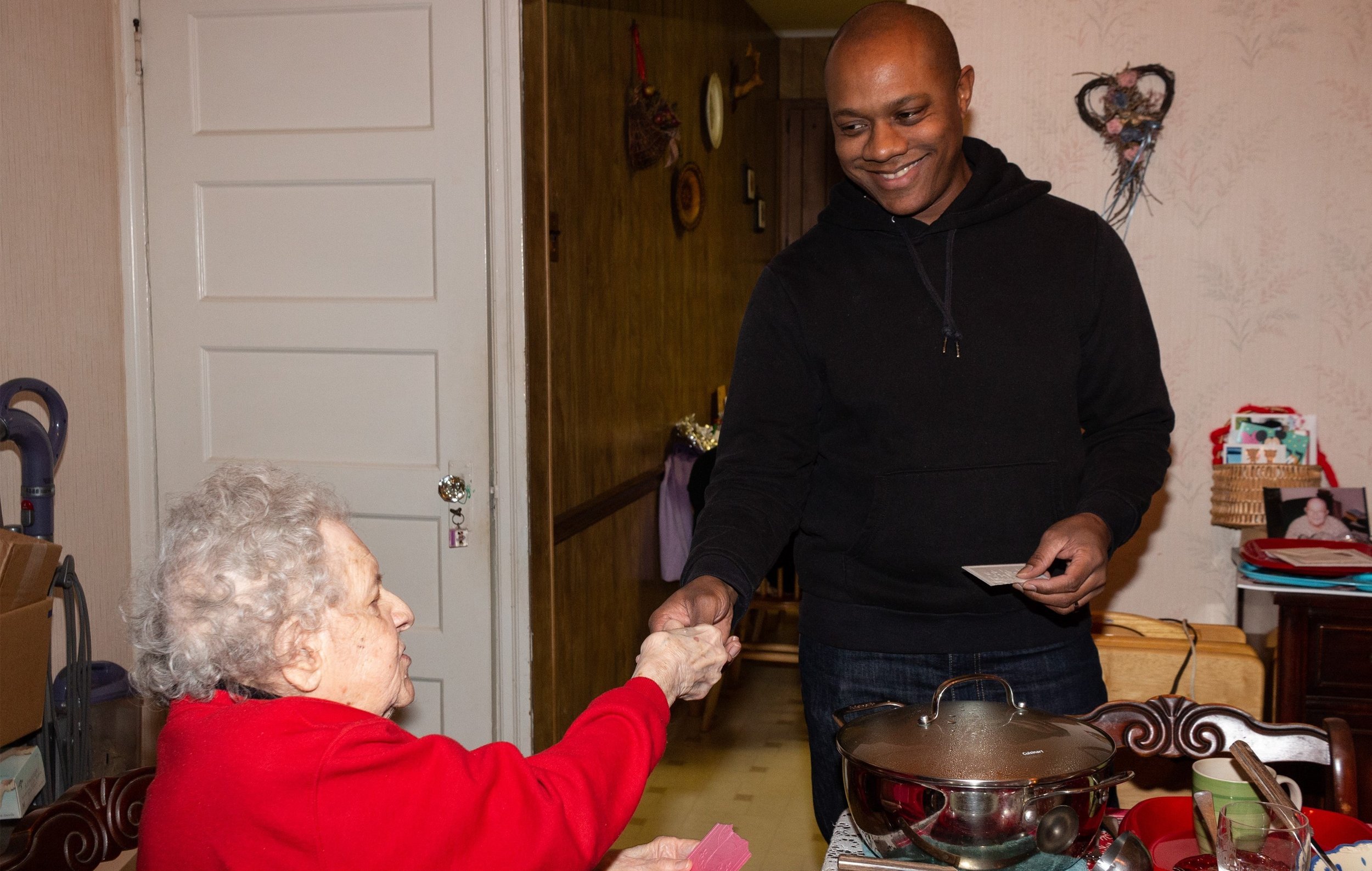Wigilia: A Polish Christmas Eve Tradition
“The contemporary Weksel family Wigilia tradition extends from the origins of my maternal grandfather, Michael Weskel. My Pop-Pop came to America from Poland after World War II bringing with him a few personal items and the traditions of his Polish heritage.”
Photos and words by Marian Howard
Part One: Preparation
Pictured here is my Babci and Dziadzi, Władysława “Laura” and Edmund Stasiorowski circa 1973.
Traditionally in Poland, preparations for Wigilia begin weeks before December 24th with foraging, along with the harvest, in late Summer to late Fall. Most of December, leading up to Christmas Eve, is then dedicated to recipes that take longer to make such as piernik and pierogi. The pierogi recipe that I use has been passed down by my paternal grandmother, Władysława “Laura” Stasiorowski.
Making pierogi from scratch is a Christmastime tradition in my family. It embodies the spirit of the season by embracing the essence of generosity that comes from cooking to feed your family. The warmth of the kitchen at the beginning of the cold and dark Winter season feels wholesome and comforting and the savory scents evoke the nostalgia of my childhood.
To make the potato and cheddar pierogi filling, start with 2 1/2 pounds of peeled and quartered russet potatoes. Boil with 2 cloves of garlic until tender. Sauté a large chopped onion with a stick of butter until caramelized. Mash cooked potatoes with sauteed onions, milk, 1 stick of butter, and 2-3 heaping tablespoons of shredded cheddar cheese.
The pierogi dough consists of 2 cups of flour, 2 eggs, 1/2 teaspoon of salt, and 1/3 cup of water. Add all the ingredients into a mixer and combine to form a ball.
Cover a flat surface with flour and roll dough into a log. Cut the log in half. Chill if desired. Separately, roll each ball of dough into a flat, thin disc. Using a cup or biscuit cutter, cut circles of dough and fill with desired filling.
Fold filled dough over into a crescent and seal. Impress edges with a fork. Boil prepared pierogi in salted water until they float. Makes 14-24 potato cheddar pierogi. When ready to serve, sauté boiled pierogi with butter and shallots until lightly browned.
Part Two: The Meal
The contemporary Weksel family Wigilia tradition extends from the origins of my maternal grandfather, Michael Weskel. My Pop-Pop came to America from Poland after World War II bringing with him a few personal items and the traditions of his Polish heritage.
Pictured here is my Pop-Pop and his second daughter, my Cioci Terry in 1966.
The Wigilia meal begins by breaking the opłatek (a wafer similar to the Catholic Holy Communion wafer) with each family member and wishing them good fortune in the New Year.
It’s time to eat! According to custom, the meal consists of seven, nine, or eleven dishes. Here, we are serving nine. There are six traditional foods and three that are suited to the taste of our guests.
Mushroom soup, pictured on the left, begins the meal. It is a dish with a Polish history that stems from the tradition of foraging mushrooms during the Fall harvest. Boiled shrimp, on the right, serves as one of the main proteins following the tradition of a meatless meal.
Moving clockwise starting at the top left - Collard greens, an adaptation contributed by my husband, Andrew. Next is saurkraut, a customary cabbage dish and family favorite. In the top right corner are the homemade potato and cheddar pierogi, a Wigilia staple at our table and throughout Poland. Set up in the middle of the table, is baked salmon, another meatless main dish. To the right of the salmon are more beloved mushrooms, reviving the history of Fall foraging. The salmon is nestled between two bayberry candles. The candles symbolize good fortune and prosperity in the new year to come. On the bottom left is American supermarket corn; a contemporary adaptation to please the crowd. And finally, on the bottom far right, are sauteed artichokes, an attempt to expand on the traditional meal.
At the end of the meal, the bayberry candles are placed in the sink to burn out naturally. There is a saying that goes, “burn them in the socket, you’ll have money in your pocket.”
Wesołych Świąt! Happy Christmas!
Words and images by Marian Howard






























